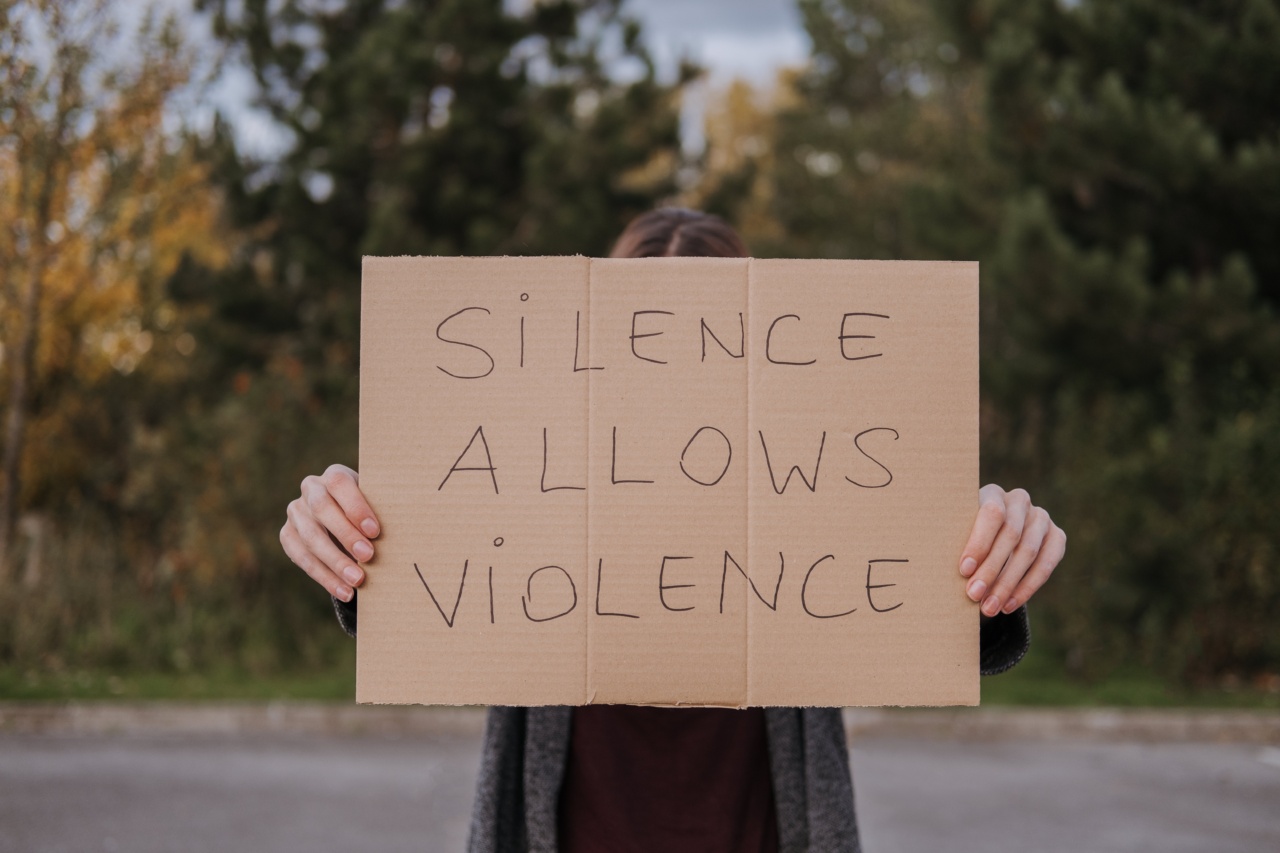When the sun is beating down relentlessly, seeking shelter under a shady tree or an umbrella can provide a sense of relief.
We often equate shade with safety from the harmful effects of the sun, assuming that the darker area automatically offers protection. However, it is crucial to understand that not all shade is created equal, and simply finding a shady spot is not enough to shield yourself from the sun’s harmful rays.
In this article, we will explore the factors that determine the level of protection provided by shade and why relying solely on shade might not be enough to keep you safe.
The myth of complete protection
Many people mistakenly believe that sitting in the shade provides complete protection from the sun. While it is true that shade reduces direct exposure to the sun’s rays, it does not eliminate the risk entirely.
The sun emits two types of ultraviolet (UV) radiation, UVA and UVB, which can damage the skin and increase the risk of skin cancer. While most shade can block out a significant portion of UVB rays, it is less effective in blocking UVA rays, which are the primary cause of skin aging and can also contribute to skin cancer development.
It is essential to remember that shade only reduces exposure, and the level of protection can vary depending on the type of shade and other factors.
Below, we will discuss some of the factors that influence the effectiveness of shade in providing sun protection.
Quality and density of shade
The quality and density of shade play a vital role in determining its ability to provide sun protection. A thin leafy tree, for example, may provide some relief from the heat but may not be sufficient in blocking harmful UV rays.
On the other hand, a dense tree or a well-constructed shade structure can provide better protection as they block a greater percentage of UV radiation.
Similarly, the angle of the sun also affects the quality of shade. Shade that is directly overhead provides better protection compared to shade that is at an angle, as the latter allows more sunlight to reach the skin.
Time of day and geographic location
The time of day and geographic location influence the strength of the sun’s rays and, consequently, the effectiveness of shade.
The sun’s rays are most intense between 10 am and 4 pm, so seeking shade during these hours is especially important. Moreover, the strength of the sun’s rays can vary depending on your location and its proximity to the equator. Areas closer to the equator generally experience stronger UV radiation, necessitating greater caution.
Reflective surfaces
Shade provided by trees or man-made structures may not be enough to protect you if you are surrounded by reflective surfaces.
Reflective surfaces such as water, sand, concrete, or snow can bounce the sun’s rays back onto your skin, increasing your exposure to UV radiation. This means that even if you are sitting under a shade structure, if you are near water or any other reflective surface, you might still be at risk of sun damage.
Time spent in the shade
While seeking shade is an essential sun protection measure, the time you spend in the shade also matters. Even if you find a spot that appears to be adequately shaded, spending extended periods outdoors can still result in sunburn and skin damage.
This is because UV rays can scatter and reach shaded areas indirectly, especially during peak hours of sunlight exposure.
Supplementing shade with other sun protection measures
Relying solely on shade to protect yourself from the sun is not enough. It is crucial to combine shade-seeking with other sun protection measures for comprehensive defense against UV radiation. These measures include:.
1. Wearing protective clothing
Choose clothing that covers your skin, such as long-sleeved shirts, pants, and wide-brimmed hats. Opt for fabrics with a tight weave that provide better sun protection.
2. Applying sunscreen
Use broad-spectrum sunscreen with a sun protection factor (SPF) of 30 or higher. Apply it generously to all exposed skin, even if you are seeking shade.
3. Wearing sunglasses
Protect your eyes from UV radiation by wearing sunglasses that block 100% of UVA and UVB rays.
4. Seeking proper shade
If possible, choose shade structures that provide better coverage and are made from materials with built-in UV protection.
5. Limiting sun exposure
Avoid spending excessive time in direct sunlight, especially during peak hours of UV radiation.
The bottom line
While shade offers some protection from the sun, it is essential to remember that it is not a foolproof method for staying safe from harmful UV rays.
The quality and density of shade, time of day, geographic location, reflective surfaces, and time spent in shade all influence its effectiveness. To ensure comprehensive protection, combine seeking shade with other sun protection measures, such as wearing protective clothing, applying sunscreen, wearing sunglasses, and limiting sun exposure.
By taking a multi-faceted approach to sun protection, you can reduce the risk of sunburn, premature aging, and skin cancer.


























